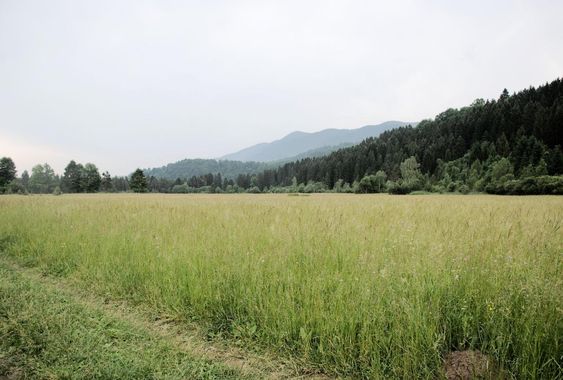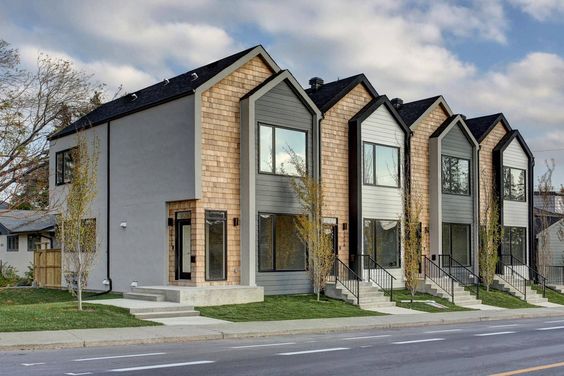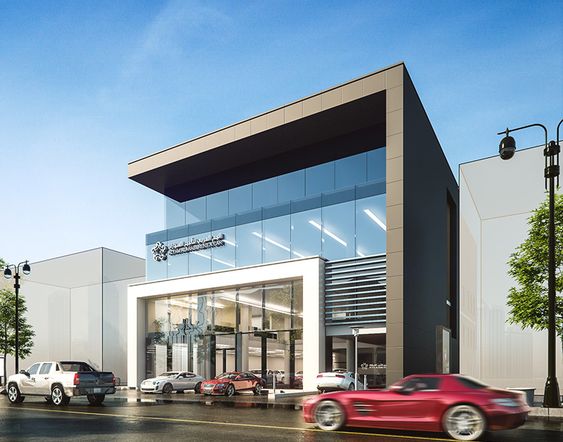TYPES OF PROPERTIES THAT A FOREIGNER CAN BUY IN THE UNITED STATES
Let's start by clarifying that a foreigner with a valid B1/B2 visa can buy property in the United States. Now I am going to describe the types of properties that you are eligible for.
- Land is a parcel of land without any construction or utilities (water, electricity, sewage, etc.), this property has an independent folio and gives all the rights of use allowed by the city to the owner.

- Single Home is a structure built on an independent lot that does not share walls and its surroundings, its entrance is for the exclusive and separate use of the owner. This property is for residential use.

- Townhouse is a construction of two levels or more that share at least one wall of division next to the house next door. In any case each unit is independent in terms of owner and folio.

- Condominium (Apartment) Condos are generally less expensive than detached homes. Often, a buyer will purchase a condo as a way to get into the housing market, then sell it and trade up to a single-family detached home. Condos are usually offered in apartment style, with a governing board of the homeownership association serving the owners' needs and enforcing rules.Some developers will also ''condominiumize'' single-family homes grouped closely together. Association fees cover things such as legal fees, landscaping, insurance, and common area maintenance and repair.

- Duplex The definition is basically a house built on a lot, divided in two, has only one folio, belongs to only one owner and that owner is in charge of the maintenance, however, these two units have independent entrances and in most of the times they have separate electricity meters. These types of properties are very convenient for investors because they have a better yield and the risk is lower.

- Commercial properties are also known as investment properties or income properties and refer to a building or land with the intention of generating an income, either capital gain or rent. Within this category we have six classes which are a) offices, b) retail, c) multi-family, d) land, e) warehouses. The explanation of each of them I will have in the next blog.

- Cooperative (Co Op) Look like condominiums, but there's a key difference. The co-ops can be financed similar to real property, but buyers become shareholders in a corporation that owns the property and receive a proprietary lease on their individual units. The idea of a co-op is to create a community of the like-minded owners. In smaller co-ops, owners share duties, such as keeping the community kitchen clean, performing landscaping services, and doing administrative tasks. Rules can sometimes be off-putting to some, so buyers should make sure they agree with the co-ops philosophy and rules.

Basically, the owners become a team or cooperative as the name describes it. The concept is very similar to a condominium, a parcel of land where a building with multiple units is constructed with the difference that here a single folio is kept, the buyer becomes a shareholder of the cooperative and receives shares in exchange for a property title, the larger the unit the more shares he receives, however the voting and decision making rights are the same for all the owners. As a society the decisions to sell must be submitted to the shareholders meeting and approved by them.So we end this blog, thank you for taking the time to read it and any questions please write to me.



